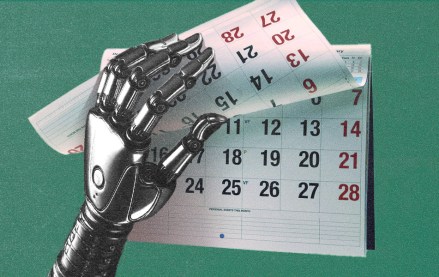The value of a comprehensive customer snapshot is greater than ever before as the future of brand access to personally-identifiable information online becomes uncertain in Washington. IBM recently embedded advanced social network monitoring into a number of its web analytics suites and incorporated predictive analytics into the mix.
The new paradigm, according to IBM, is the merger of multiple methods of metrics gathering storage and interpretation into a single, powerful analytical tool suite with a significant social analysis element. This unification of big data sources into a single platform for analysis isn’t new. Other companies, from DSPs to some social CRMs, offer similar services. IBM’s evolution of the concept is significant on several levels. As data storage becomes more feasible technically, behemoths like IBM are able to provide tools which maximize analysis efficiency, broaden the spectrum of data being examined and provide integrated storage, analysis and business intelligence from a single platform.
Because IBM also helms extensive business intelligence tool suites, the connection of real-time social analytics with business processes can be much easier than in the past. This integration of social analytics would permit brands to create scenarios that allow analytic tools to follow consumers across the web, pulling information around the brand from social media and then providing brand-consumer interaction opportunities to convert brand-aware consumers to buyers.
This would also entail businesses using analytics to reach out to individual consumers with negative feelings about a brand, permitting companies to glean data from public social media. Whenever a consumer connects with a brand’s website, there would be an extensive background of the consumer’s pre-existing view of the company and a solution at the ready.
Nigel Beck, vp of business development for social software at IBM told ZDNET Asia that companies need to be adept to “find customers with problems instead of customers finding them with problems.” This outlook goes beyond earlier incarnations of behavioral targeting which used audience segmentation and click behaviors to tailor display ads to individual circumstances.
Social analytics, when connected to business processes, creates an online and offline data loop which connects the consumer’s social self with real world experiences. That connection provides valuable data for businesses seeking to uplift ROI from analytics of consumer data. Pending future legislation around data privacy, public, social identities may become the new big data.
More in Media

Media Briefing: The top trends in the media industry for 2025
This week’s Media Briefing takes a look at the top trends from 2025, from digital advertising revenue performance to AI licensing deals.

Digiday Scorecard: Publishers rate Big Tech’s AI licensing deals
Digiday has compiled a scorecard grading AI platforms to make sense of the growing number of players in the AI content licensing market.

Publishers are hunting for AI prompt data — now they’re starting to get it from third-party companies
Publishers are finally gaining some visibility into AI search, as new prompt data tools crack open a black box.





